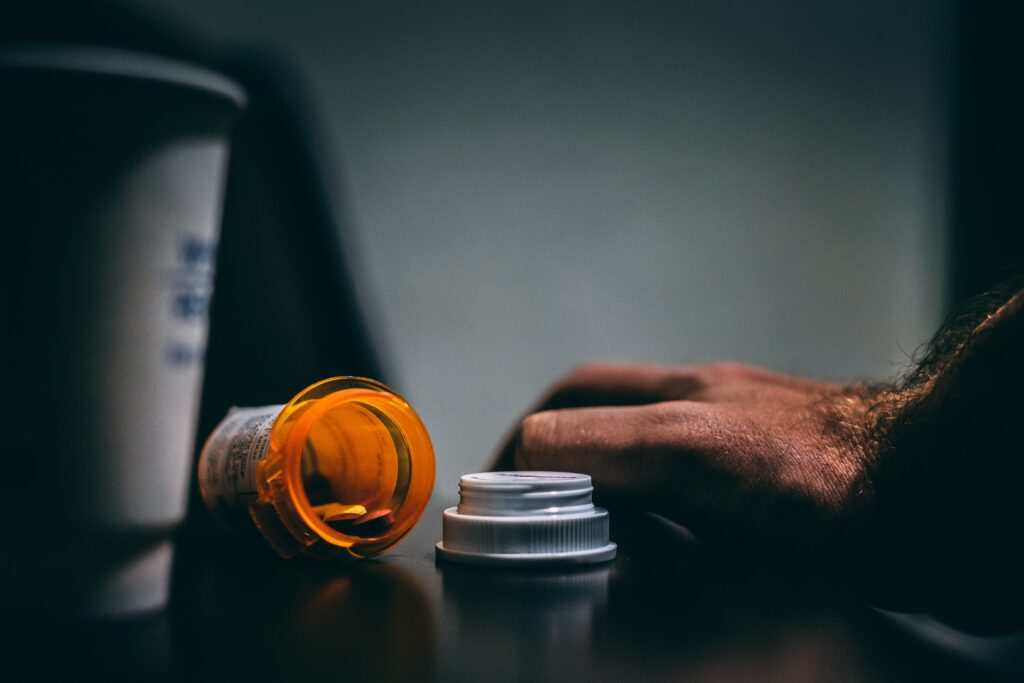EASY Noninvasive Pain Management Without Opioids

EASY Noninvasive Pain Management Without Opioids
Pain management is a multi-billion-dollar industry. By now, most of us have been affected by the opioid epidemic in some way. Whether you’ve experienced it yourself, you know someone who is struggling, or you’ve watched it take the life of someone you love—opiates are a real and significant danger in our world. As chiropractors, it is our responsibility to help our community members find better ways of dealing with pain.
Pain is a part of life. All kinds of it creep into our lives. Sometimes it’s physical; other times, it’s somewhere on the inside. But in all cases, pain management is a part of human existence. There’s no escaping it, which is why it’s so important to learn better ways of helping your body heal itself. Many natural remedies work for pain management. It just takes some investigation, experimentation, and—above all—patience!
The “Easy” Part of Natural Pain Management
Medical science has brought us a long way, but we still have work to do when teaching, encouraging, and promoting pain management in a safe self-care setting.
Your body has a natural ability to heal itself when given the right environment. That’s why I stress the importance of the simple things, like:
1. A healthy diet
2. Getting enough adequate sleep
3. Exercising regularly
Maintaining a balance between diet, exercise, and sleep is worth all the effort when you can get back to doing the things you love, and you don’t have to worry about subjecting your body to dependency-causing opiates.
My Go-To Treatment for Natural Pain Relief
Setting your body up for success with those three factors above is just the beginning. Now, you need to manage physical pain. I work with many people suffering from all different types of pain, such as whiplash, headaches, fibromyalgia, and long-term back pain.
Every person who comes in my door gets a tailored treatment plan; however, there is one regimen that remains constant in every case. It’s not only something you can do at home, but you can do it anywhere. It’s affordable and highly effective.
Ice! I sometimes prescribe alternating ice and heat treatments, depending on the injury, but ice is consistently on every treatment plan. Cold therapy temporarily decreases blood flow to the injury, which is a good thing because healing cells are trying to swarm the area, which will cause painful inflammation.
There are some things to keep in mind when using ice for natural pain management of acute pain:
· Apply it as soon as the pain starts, after an accident, or following overexertion.
· It works best for new injuries, but it’s helpful for flare-up pain as well.
· If you can elevate the injured area, do so. This controls the gravity factor of blood flow.
· Don’t apply the ice directly to your skin. Use a wrap, towel, gel pack, or other covering to avoid skin or tissue damage.
· Apply it for short periods, no more than 20 minutes at a time. I often recommend 20 minutes on and 45 minutes off through the worst of it, and then as needed.
Should You Tell Your Chiropractor About Opioid Use?
At Slovin Chiropractic Center, we don’t prescribe or use opiates in our practice; however, if you are struggling with an opioid addiction and you’d like a more natural way to approach pain management, then you’ve come to the right place! We will help you heal through what is likely to be a difficult journey. There’s only one way for our community to eradicate the opioid problem: through compassion, education, and support.
See the sources at the bottom of this article for addiction support centers and programs.
Sources:
Norwalk Substance Abuse Programs
The Recovery Village in Norwalk
Cleveland Clinic: Here’s How to Choose Between Using Ice or Heat for Pain
Spine-Health: Ice as pain relief, More Effective Than You Think
Medical City Healthcare: How to Know When an Injury Needs Ice or Heat
